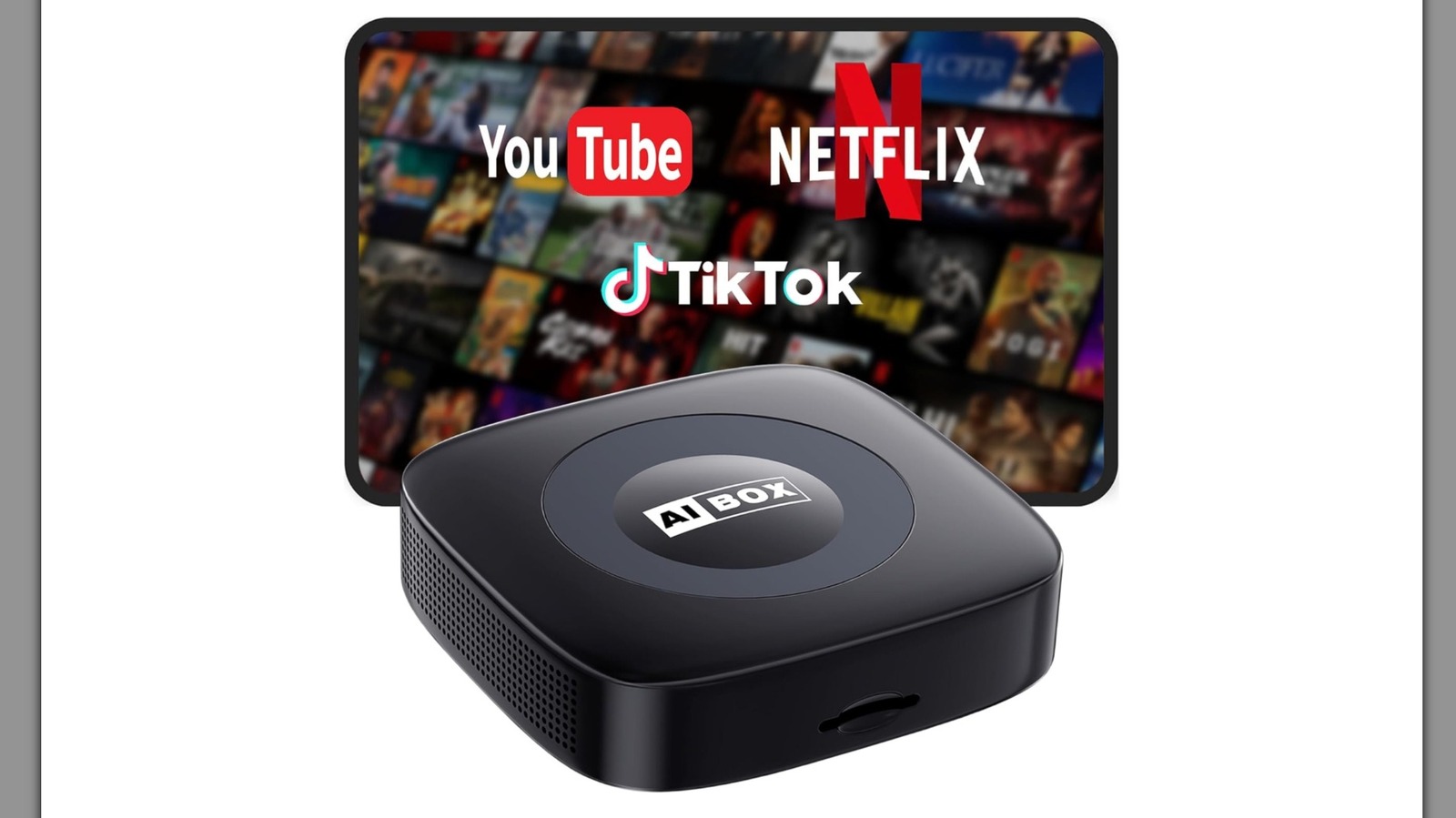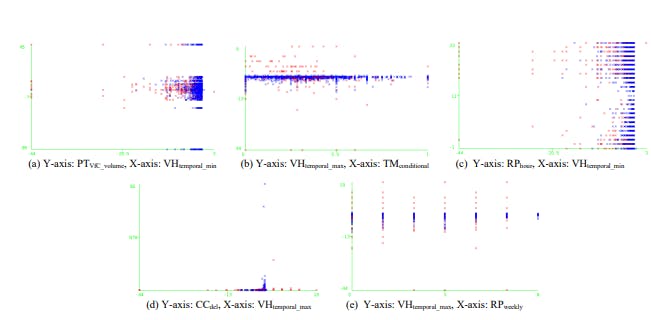RAG database management is transforming enterprise data. Thanks to this AI tool, what was once considered only possible in the future is beginning to happen. Not too long ago, storing structured rows and columns of data in a relational database was the gold standard. But today, that model often feels inadequate. Modern businesses don’t just operate on rows of inventory, customer IDs, and transaction logs. Often, these are filled with emails, chat logs, PDFs, voice transcripts, code repositories, and semi-structured data from countless APIs and third-party services. And herein lies the major challenge.
How do you make sense of all this information? More importantly, how can you find and apply the right piece of knowledge exactly when you need it, without combing through endless dashboards, reports, and SQL queries?
Welcome to the world of Retrieval-Augmented Generation (RAG) database management, a revolutionary bridge between generative AI and enterprise knowledge. RAG transforms how you interact with databases, making them not just searchable but conversational, contextual, and intelligent.
In this article, you will learn what RAG database management entails, its roles, components, challenges, and benefits. You will also learn about strategies to use to get the most out of this revolutionary technology.
Let’s get started.
What is Retrieval-Augmented Generation (RAG)?
RAG is an architecture that combines two AI data strategies:
- Retrieval: Searching for relevant information from external sources (e.g., databases, document stores, knowledge bases).
- Generation: Using a large language model (LLM) to produce human-readable responses based on retrieved information.
Instead of depending just on the static, pre-trained knowledge of a language model, RAG retrieves current, contextually relevant content from an indexed data store. Then it feeds it into the language model to guide response generation. This combined technique significantly reduces hallucinations and increases relevance.
RAG shines in areas where knowledge is dynamic, distributed, and deeply contextualized.
The Role of RAG in Data Management
Traditional database systems were designed for structured data and precise queries. But the reality of modern enterprise data is far more complex. Over 80% of it is unstructured, spanning emails, PDFs, chat logs, support tickets, and more. On top of that, data is often scattered across teams, tools, and formats.
RAG steps in, combining two powerful AI capabilities. The first is its ability to intelligently retrieve relevant data from vast and diverse sources. The second is the ability to generate clear, contextual responses in natural language.
RAG bridges the gap between traditional databases and modern data needs by enabling systems that can do the following:
- Understand and respond to natural language questions.
- Search across both structured and unstructured data sources.
- Deliver results as concise, meaningful summaries rather than raw data dumps.
For example, when you ask your database the following: n “Which suppliers have historically delayed shipments during Q4, and what were the reasons?”
A RAG system would combine:
- Transaction records (structured)
- Email threads and PDF invoices (unstructured)
- Supplier profiles and support logs (semi-structured)
This type of functionality cannot be achieved with conventional BI tools and SQL queries alone.
Key Components of RAG
The power of RAG lies in its components. At a high level, a typical RAG system includes:
1. Retriever
This is the engine that finds the right information. But, when searching for this information, instead of using a keyword-based search, RAG uses vector search, which matches content by meaning, not just words. Also, it uses tools like FAISS, Pinecone, or Elasticsearch (with support for vector embeddings) to quickly pull the most important documents or data fragments from large knowledge bases.
2. Generator
Once the relevant data is found, the language model takes over. Models like GPT, Llama, or Claude use the retrieved content as context to generate fluent, accurate responses in natural language.
3. Embedding Model
This is the translator between language and math. It converts both queries and documents into vectors. These vectors make it possible to compare and match content based on semantic similarity, not just keywords.
4. Knowledge Store
This is where all the indexed content lives. It’s often a vector database (like Pinecone or Weaviate) or a hybrid system that stores enterprise data, documents, logs, and metadata in a way that’s optimized for fast and intelligent retrieval.
5. Query Interface
The query interface is a user-facing UI or an API that lets users interact with the system using natural language. It is where users ask questions and receive contextual, easy-to-understand responses.
Benefits of Implementing RAG in Database Management
No doubt, the introduction of RAG into enterprise data integration marks a shift from traditional query-based access to conversational intelligence. But the benefits go even further. Here’s how RAG can elevate your database management.
Enhanced Data Accuracy
LLMs on their own can sometimes hallucinate and produce responses that sound confident but are factually incorrect. RAG solves this by anchoring answers in real, verified data.
As a result, organizations benefit from:
- Less risk of misinformation
- Increased confidence in AI-generated content
- Clear traceability behind every answer and decision
In regulated industries like healthcare, finance, and law, where accuracy is critical, RAG makes it possible to trace every insight back to its original source.
Real-Time Data Integration
RAG thrives on fresh data. Unlike pre-trained models that are frozen in time, RAG systems can retrieve real-time information like:
- Sales metrics updated minutes ago.
- Incident reports from today’s customer calls.
- Latest compliance changes pulled from internal wikis.
This makes RAG ideal for dynamic environments like security operations, logistics, or customer service, where timing is everything.
Cost Reduction and Efficiency
Database professionals often spend hours crafting complex SQL queries or stitching together multiple data sources for executive reports. RAG can automate much of this work, enabling the following:
- Non-technical users can interact with databases via natural language.
- Faster decision cycles, as insights are gathered in seconds.
- Reduced IT overhead, as fewer custom dashboards or scripts are needed.
Teams using tools like Databricks Assistant, dbForge AI Assistant, and Snowflake Copilot, which leverage RAG-like architectures, have reported a significant reduction in time-to-insight across common reporting and troubleshooting tasks.
Challenges in Adopting RAG for Database Management
No technology comes without challenges, and RAG is no exception. Although powerful, its implementation introduces architectural, ethical, and operational issues. Here are some of these issues.
Data Security and Privacy
When AI systems access sensitive enterprise data, governance becomes critical. To protect privacy and ensure compliance while using RAG, you must ensure the following:
- Role-Based Access Control (RBAC) to limit data exposure
- Data masking to protect confidential fields
- Comprehensive logging and audit trails for all interactions
Without these precautions, RAG can increase the risk of data leaks, regulatory violations, and loss of user trust.
Integration Complexity
RAG isn’t a plug-and-play solution, especially in environments with legacy infrastructure or fragmented data. To successfully implement RAG, you should do the following:
- Create or source high-quality vector embeddings
- Align taxonomies across disparate systems and data silos
- Maintain semantic consistency to ensure relevant retrieval
If these elements aren’t carefully managed, RAG may return inaccurate or contextually irrelevant results, reducing its effectiveness and reliability.
Strategies for Successful RAG Implementation
To fully enjoy the benefits of RAG while avoiding common challenges, here are some effective AI data strategies you should consider during implementation.
1. Developing a Robust Data Strategy
A RAG system is only as reliable as the data it draws from. Build your RAG system with clean, high-quality content, and you will establish a strong data foundation. Here is how you can achieve this.
- Curate trusted, up-to-date sources (e.g., manuals, knowledge bases, and internal documentation).
- Tag and organize documents to improve search relevance.
- Update embedding models regularly to reflect evolving business terms and contexts.
- Set clear governance rules to define which data can be indexed, retrieved, or excluded based on sensitivity and relevance.
2. Fostering User Trust and Experience
Designing your RAG for transparency, explainability, and user control isn’t optional; it’s essential for long-term success and adoption. People will trust and use RAG systems if they feel confident in the results. That means the RAG should be able to do the following:
- Source attribution to show where each answer came from.
- Support interactive querying, which allows users to explore or refine responses.
- Have honest limits and admit when it doesn’t know the answer to a question.
Designing for transparency, explainability, and control is essential to long-term adoption.
Future of RAG in Database Management
What’s next for RAG?
As AI models grow more powerful and data infrastructure continues to evolve, RAG is set to play a central role in the future of intelligent systems. We’re entering an era where retrieval and generation are no longer isolated functions but seamlessly integrated into enterprise workflows. The future of RAG database management will include some of the following advancements.
Innovations on the Horizon
Several exciting advancements are pushing RAG beyond text-based use cases. Here are some of these advancements:
- Multimodal RAG: Expanding retrieval to include images, tables, audio, and video, enabling richer, more comprehensive responses.
- Graph-RAG: Combining vector search with knowledge graphs to improve contextual understanding across entities, relationships, and hierarchies.
- Edge RAG: Deploying lightweight models on edge devices for real-time, low-latency decision-making in IoT and mobile environments.
With compute costs dropping and vector databases maturing, RAG is moving out of the experimental phase and into large-scale enterprise deployment.
The evolving role of AI in data management.
We’re shifting toward a future where databases aren’t just queried but are conversed with. RAG transforms AI into a true co-pilot, capable of achieving the following:
- Assisting in schema design
- Recommending query optimization
- Analyzing narrative trends to detect anomalies
Imagine a collaborative environment where AI handles repetitive, labor-intensive tasks, data cleaning, pattern recognition, and documentation, while engineers focus on strategy, architecture, and innovation.
RAG database management is more than a technical enhancement; it’s advancing how we interact with data itself.
Conclusion
Retrieval-Augmented Generation (RAG) represents a powerful evolution in database management. It enables real-time insight, improved accuracy, and smarter decision-making. By understanding its benefits, addressing its challenges, and applying the right AI data strategies, you can harness RAG to transform how you manage, access, and act on data.










